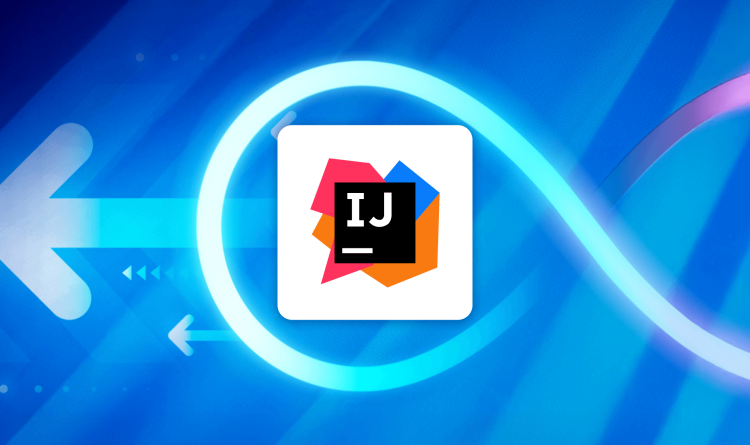You’d think that by now, security for the cloud has long since been resolved. Unfortunately, that is not the case. The very thing that makes the cloud so attractive is precisely what makes cloud environments so challenging to secure. The ease of adoption and rapid deployment have left the traditional enterprise security controls desperately trying to catch up.
As cloud environments continue to expand at an unprecedented pace, new security risks arise. The ease with which IT and security teams can be overridden, the shadow IT and the swiftness amplify these challenges; finding a solution that can manage all cloud assets and their associated risks is easier said than done.
It happens not because the cloud is inherently insecure, but because for many organizations, the lack of visibility into cloud assets is an extremely sticky issue to resolve. Conventional visibility tools that are commonly deployed in organizations all have ‘blind spots’ and either don’t see all cloud assets or can’t analyze them in-depth.
Too many cooks: the cobweb in the cloud
Cloud assets can be spun-up and torn-down on demand, which makes them difficult to track and manage. Often security teams are left in the dark on what is going on with cloud deployments happening in their organization and its security weaknesses, such as rogue assets, forgotten assets and misconfigured or forgotten user accounts abound.
Another challenge is that cloud adoption has created friction among security teams and other departments. The million dollar question is, who is responsible for cloud security? Between DevOps, Sys Admins, and outsourced staff, the lack of clarity as to who is ultimately in charge can leave your organization exposed.
What can go wrong with Current Cloud Visibility methods?
The basic foundation of securing a cloud environment is gaining full stack visibility into all its assets. This entails a complete understanding of what is happening in the entire cloud environment, across all of its layers: the cloud infrastructure level, operating systems, applications, and data.
At each of these layers, things can (and often do) go wrong. For example:
- A SysAdmin connected an internal server directly to an external network by mistake (Infrastructure layer)
- An IT manager left RDP port open and a vulnerability is discovered (Operating systems layer)
- A WordPress server created by the marketing department is configured using default credentials (Application layer)
- No one noticed that credit card information or other PII was stored on an unsecured server (Data layer)
Such mistakes happen more often than you’d think. In fact, it is the norm, not the exception. According to Gartner, “Nearly all successful attacks on cloud services are the result of customer misconfiguration, mismanagement, and mistakes.” That is why cloud security is impossible without full stack visibility into the cloud assets – it’s impossible to protect what cannot be seen.
Full stack visibility – easier said than done?
The most common methods of visibility into the cloud include agent-based solutions, network scanners, and cloud security posture solutions (CSPMs).
Unfortunately, none of these are capable of protecting cloud assets across all the four layers. Each of these solutions has its own pros and cons. The bad news – according to our analysis, the drawbacks of these methods by far outweigh the pros.
One possible solution is to overlay multiple tools, for example, legacy agent-based systems with network scanners or first-generation cloud security posture managers. However, this patchwork model of security is operationally cumbersome and does not provide the complete coverage of assets. As data becomes ever more coveted by the threat actors, such an approach leaves organizations exposed to potentially unseen and unmitigated risks in cloud environments.
There is however, a new generation cloud asset visibility solution that delivers in-depth, full stack visibility. But what is it and how does it work? And what makes it different from the legacy tools? Read our full eBook for the full story on how your organization can gain full visibility into all your cloud assets.
What can you find in this eBook
- Cloud layers and a breakdown of their specific security concerns
- The pros and cons of current solutions
- A comprehensive solutions comparison table
- What 2019 and beyond holds for full stack visibility




